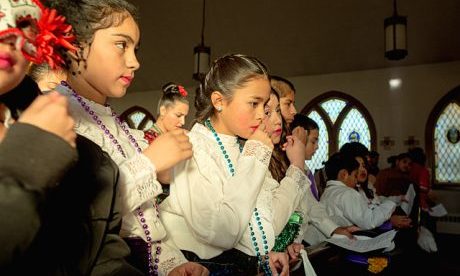The Sign of the Cross is a gesture by which Christians signify the blessing of their person in the name of the Father, the Son and the Holy Spirit.
Other religions have similar practices, and it is difficult not to see in certain Jewish traditions the prefiguration of this particular Christian symbol, a physical, outward manifestation of a spiritual attitude.
It is likely that this practice appeared very early in the history of Christianity, and it is striking that its evolution has followed that of the Church.
The tradition that has prevailed in the West and is customary among Latin Catholics is to make the Sign of the Cross by moving the fingers from top to bottom, then from left to right.
Certain cultures join the five fingers, evoking the five wounds of Christ. But this custom is relatively recent and likely differs from the primitive practice, which is still prevalent in the Eastern Christian world.
Indeed, in the beginning, Christians crossed themselves from top to bottom and then from right to left.
The thumb, forefinger and middle finger were joined, evoking the consubstantial and indivisible Trinity, while the ring finger and the little finger folded against the palm of the hand evoke the two natures — human and divine — of Christ.
Like a blessing
The oriental and primitive tradition thus reproduces the gesture of the blessing given by the clergy as in a mirror: the blessing given by the priest or the bishop reproduces the gesture of Christ figured on Byzantine icons, where the thumb of the hand that blesses joins the ring finger, the index finger is upwards, the middle finger and the little finger slightly folded.
Thus the hand of the priest forms the first letters of the words Jesus Christ in Greek — IC and XC — while recalling the association of the three persons of the Trinity and the two natures of Christ.
The hand that blesses thus traces the Sign of the Cross toward the faithful from top to bottom and from left to right.
This movement, which is always that of the blessings given by the clergy in the East as in the West alike, is probably that which has been used from the earliest times. Continue reading
Sources
- Aleteia article by Valentin Fontan-Moret
- Image: El Mensajero
